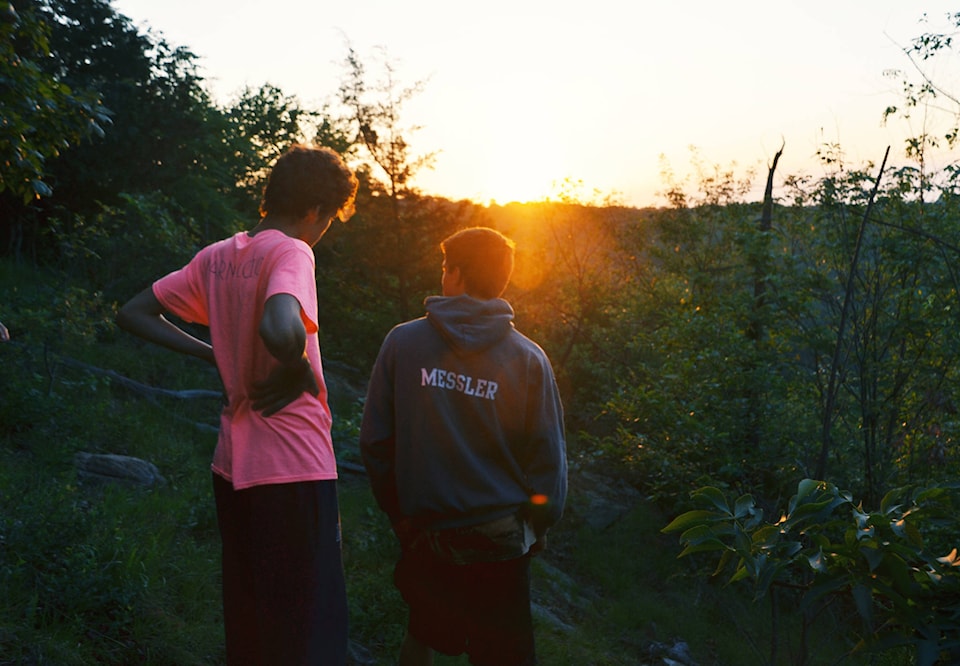Emily-Ann Deley had gone from school to school to escape her bullies. For years she didn’t succeed.
“I ran away from the bullies. But there’s bullies in every school,” Deley, 16, said. “I kind of just kept to myself and didn’t say anything.”
Her experience is not uncommon.
In Canada, between four and 12 per cent of students in grades 6 through 10 said they had been bullied once a week or more, according to a 2008 study. Many never report it.
For Deley, most of the bullying was physical or verbal.
“A lot of kids got pushed against lockers,” she said. “The older kids made the Grade 8s and everything feel small. They would take their anger out on us.”
SEE ALSO: School bullying video shows how people with disabilities are devalued: advocates
That same kind of face-to-face bullying is what Nick Riemersma, 15, experienced as well.
“When it comes to bullying, everyone is just like—” he punched the air as an example.
“Usually it’s talk for five seconds then fists are thrown.”
Riemersma said he was bullied for three years before it finally came to an end.
“When I got bullied, I just kept it to myself,” he said. “I pictured it as someone with a knife and they were sharpening it. And that knife just kept getting sharper and sharper and sharper, and then one day it just breaks.
“And then that’s when you get suspended.”
Brayden Drewes, 16, was bullied by the same person who picked on Riemersma.
“Then (the bully) broke his nose, then he kinda stopped because everyone kind of hated him,” he said, looking at Riemersma.
According to the same 2008 study, physical bullying has been on the rise since 2002. Deley, Riemersma and Drewes could probably attest to that. But they also brought up another source of bullying that has become increasingly common: the internet.
According to Statistics Canada, nearly one in five young Canadians had experienced cyber-bullying in 2014. A 2016 Angus Reid poll had that number even higher, with one in four Canadians being harassed on social media. The incidents can come through social media channels like Facebook, Instagram or Snapchat, but also less expected venues.
SEE ALSO: Legacy of Amanda Todd lives on through B.C. foundation
“Say for video games, you could have a secret name and they don’t know who you are,” Riemersma said. “And they could be saying things about someone.”
“And some kids don’t even care about the fake account,” Clayton Richardson, 16, added.
“They’ll write it on their own account, just so people know they’re the bully.”
“To show that they’re popular,” Riemersma agreed. “Because they seem cooler.”
So how do teens deal with bullying?
As Deley and Riemersma know, avoiding the problem or fighting it out aren’t always the way to go.
(“Don’t always just think of flying fury,” Riemersma said.)
The teens had come up with some unusual ideas for dealing with cyber-bullying. Riemersma suggested putting the bullies on a “wall of shame,” while Richardson decided he would print out each of the bully’s messages and paste them around the school.
“That way everyone knows this person is a cyber-bully,” he said.
But for all the liveliness of their suggested actions, the one they came back to again and again was simple: tell someone.
“Probably there’s kids out there that are being bullied, but they don’t say anything because they don’t want to seem like a snitch,” Riemersma said. “It happens a lot.”
There’s the fear that “snitching” will cause the bully to make it worse, maybe even take the bullying after school where teachers can’t intervene. But, all agreed that telling is better than the alternative.
“Say something,” Deley said. “Stand up and go talk to a teacher or something.”
“Stick up for yourself,” Riemersma said. “Find better friends that will stick up for you.”
“There’s always options for someone being bullied,” Richardson added. “There’s teachers, parents, other friends, counsellors.”
grace.kennedy@ahobserver.com
Like us on Facebook and follow us on Twitter
